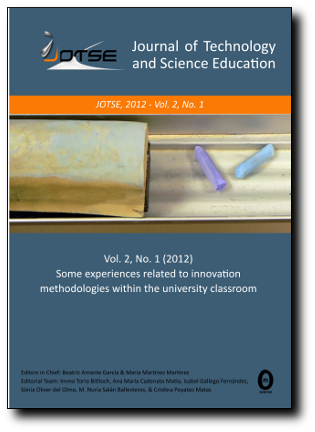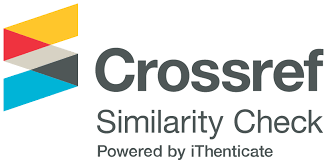The effectiveness of using the flipped classroom in science education for ninth-grade students
Abstract
This study aims to investigate the impact of using the flipped classroom strategy on motivation and academic achievement in learning science among 9th-grade students Proved as an innovative technique, flipped learning improves academic performance, enhances students’ motivation, supports independent learning, triggers higher thinking skills, and establishes lifelong learning. In disadvantaged places at war like Palestine, there are no studies exploring students' engagement with flipped learning in sciences using empirical evidence including a large population of 2489 females and 2366 males with a representative sample of 333 students Pre and post-test assessment, observation, and two semi-structured interviews with teachers and students are utilized in addition to providing multimedia resources related to the Floral Plant unit in the 9th-grade curriculum has been tailored to the content and needs of teachers and students and distributed through social media platforms. A significant difference in the achievement scores, motivation, and overall positive shift in attitudes regarding homework, students' and teachers' roles, and time management between the experimental group and the control group indicates the positive impact of the flipped classroom method on teachers and students both female and male students.
Keywords
DOI: https://doi.org/10.3926/jotse.2842
This work is licensed under a Creative Commons Attribution 4.0 International License
Journal of Technology and Science Education, 2011-2026
Online ISSN: 2013-6374; Print ISSN: 2014-5349; DL: B-2000-2012
Publisher: OmniaScience




